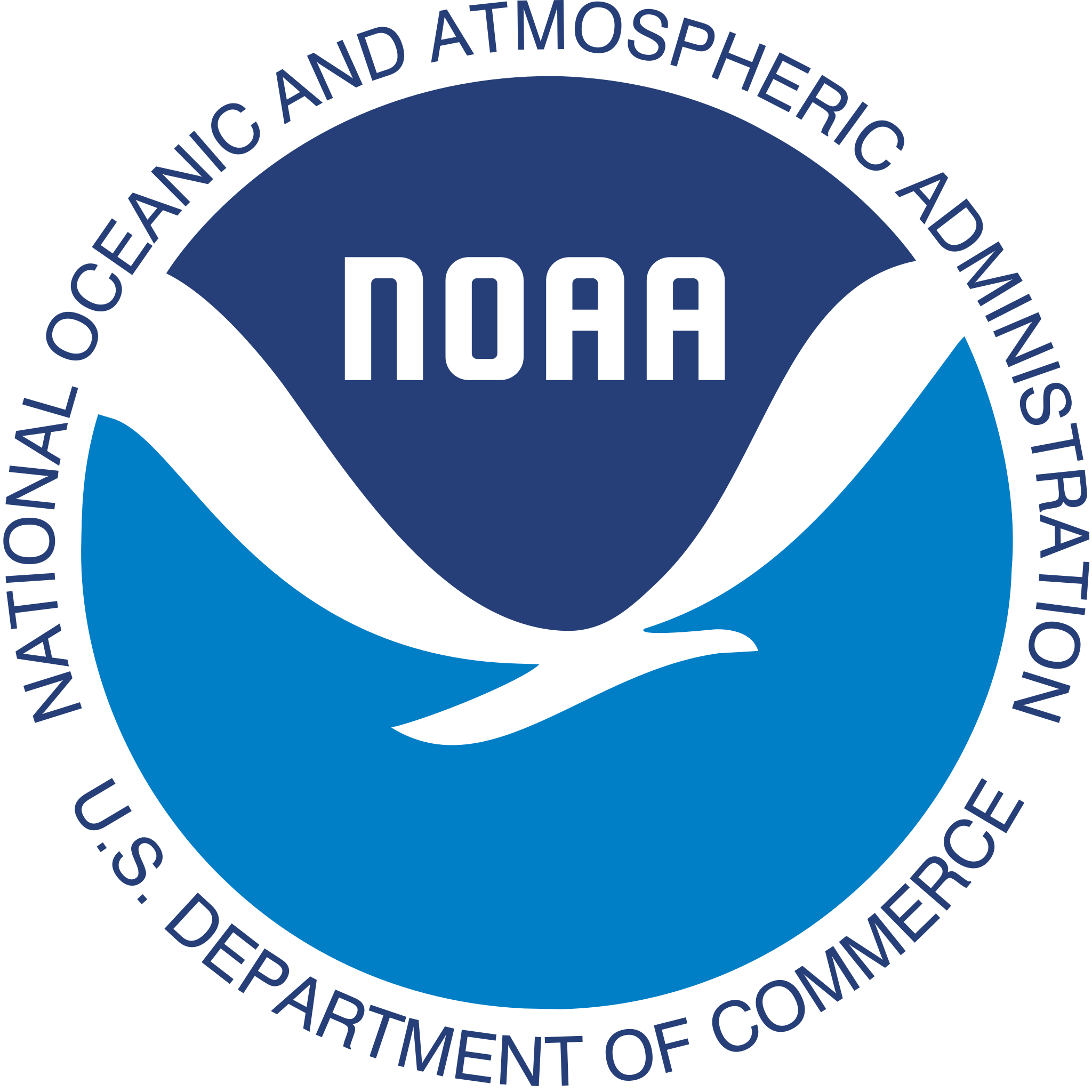With 3,427 miles of coastline, California is at the frontline of ocean acidification and climate change challenges. The highly-populated cities of the Bay Area sit on a landscape that alters natural water environments with seawalls, pipes, and pavement and is threatened by severe climate change.
Engage your middle school students in hands-on learning about ocean acidification! Written by teachers for teachers, with input from global experts from Kenya to Hawaii and at institutions from Harvard to Cornell, these lessons:
- Encourage students in critical-thinking and engage them in hands-on activities focused on ocean acidification and its impacts
- Connect students to careers related to climate, weather, oceans and coasts
- Emphasize ocean stewardship and community environmental actions - that middle school students can participate in today
Developed in partnership with Stanford University’s Hopkins Marine Station and funded by a grant from the NOAA Ocean Acidification Program, this ocean literacy curriculum is free to teachers.
.png)
Makey Makey Ocean Acidification
Lubna Sheet
6-8th Grade STEAM
Human influences, explanations, and possible solutions to ocean acidification’s impact on coral reefs are explored and presented through an interactive poster where students program their tangible posters with a microcontroller/Scratch.
Carbon Cycle and Ocean Acidification
Maria Barrera
8th Grade Life Science
Making a personal, achievable commitment to reduce one’s carbon output and indirectly impact ocean acidification.
Ocean Acidification: Exploring Math Models to Draw Conclusions
Kris Asuncion
8th Grade Math
Data collection through a simulation of ocean acidification will demonstrate the effects on coral reefs. Statistical analysis of bivariate data and conclusions of human impact on the environment are central themes.
Ocean Acidification: Chemical Reactions
Eleanor Strong
7th Grade Chemistry
Hands-on molecular modeling of the chemical reaction between CO2 and H2O along with tangible evidence will enhance students' understanding of chemical reactions and carbonic acid’s effects on shelled organisms. Conducting a home inventory, students will identify ways to reduce their carbon footprint.
For more resources visit: https://www.noaa.gov/educational-resources

These resources were prepared by Ignited using Federal funds under award NA22OAR0170544 from NOAA, U.S. Department of Commerce. The statements, findings, conclusions, and recommendations are those of the author(s) and do not necessarily reflect the views of NOAA or the U.S. Department of Commerce.
